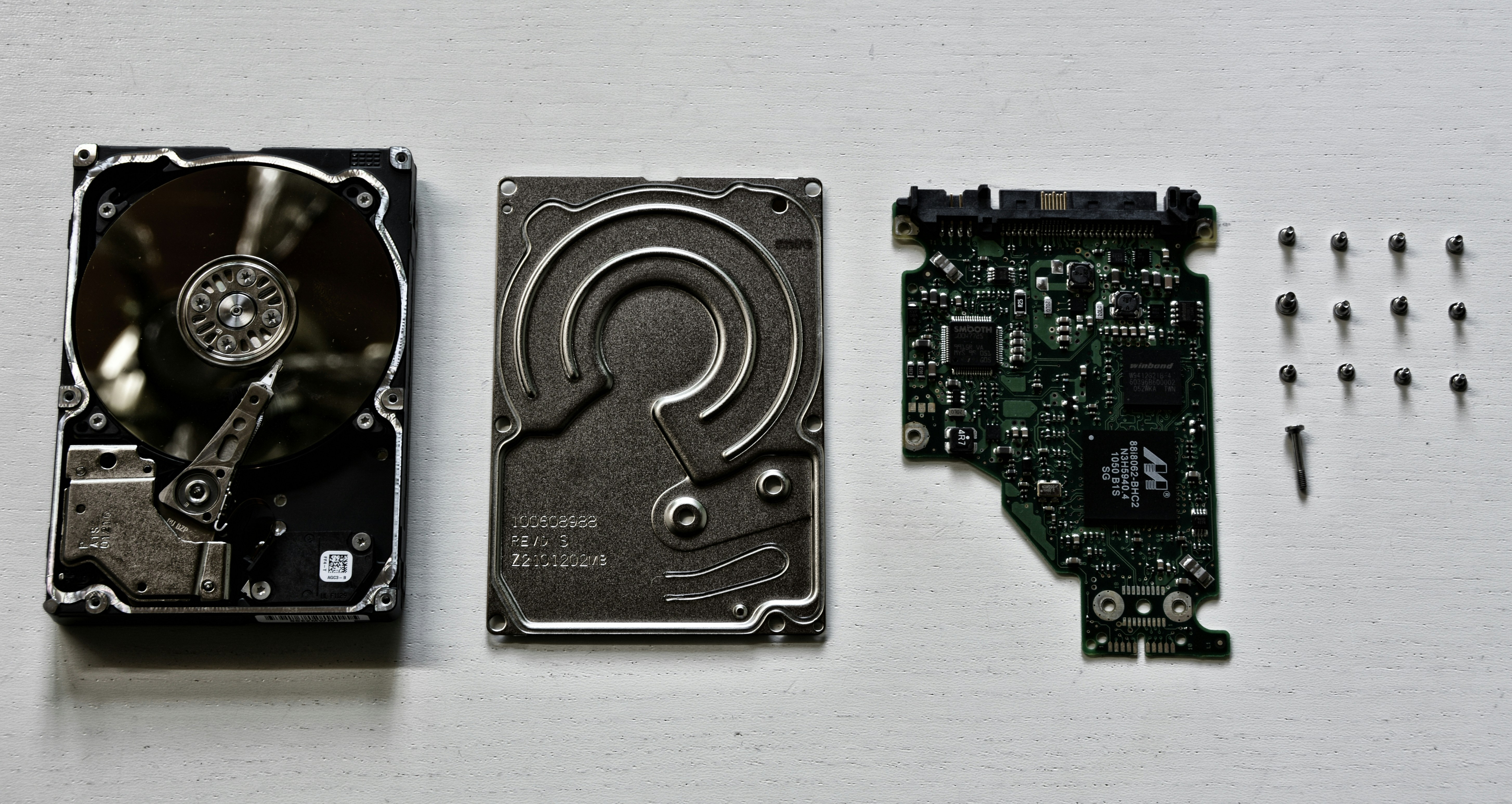

Details
Date:
September 30, 2025
Author:
mender
All it takes is a single misstep during disposal to reverse years of careful IT lifecycle management. For example, in 2021, a Maine-based health care company had to notify over 100,000 patients that their names, addresses, birth dates, Social Security numbers, medical insurance information, lab results, medical record numbers, and treatment records were exposed.
The data breach didn’t involve hackers, phishing emails, or firewall failures. Instead, it stemmed from improperly disposed of hard drives. This case is just one of many examples that illustrate how improper disposal can undermine responsible data and IT lifecycle management—and why secure disposal must be treated as a core component of risk management.
Secure IT disposal includes five key phases:
While these phases apply broadly across IT environments, data center lifecycle management introduces additional complexity. Instead of managing single assets like laptops or printers, data centers must address entire systems: interconnected servers, networking gear, cooling units, storage hardware, and facility infrastructure. At the disposal stage, risks increase significantly. Devices containing sensitive data must be fully sanitized or destroyed, inventories need to be accurately reconciled, and compliance with environmental and industry regulations becomes more demanding.
Secure disposal may be the final step in the IT lifecycle, but it’s also one of the most vulnerable. At this stage, assets often move outside the direct control of IT teams—into storage facilities, vendor warehouses, or recycling centers—creating opportunities for data exposure, mishandling, or loss.
Common vulnerabilities include:
Even a single lapse at the disposal stage can result in major regulatory violations, reputational damage, and long-term loss of customer and consumer trust.
Secure disposal should be fully integrated into IT and data center lifecycle management. The following best practices can help organizations reduce risk, meet
compliance obligations, and protect brand integrity.
Disposal should be built into your organization’s lifecycle planning from the outset.
Providers like mender include decommissioning strategies as part of their responsible recycling services to ensure disposal is planned just as thoughtfully as procurement, utilization, and decommissioning.
Whether performed on- or off-site, data destruction must use certified, secure techniques, including:
Barcodes, RFID tags, and GPS tracking help monitor where each item goes during decommissioning and disposal. This level of traceability is essential to meet compliance requirements and provide documentation in case of an audit or if questions arise.
To ensure secure and responsible handling, partner with providers who hold recognized certifications, including:
These certifications serve as a baseline for vendor selection, providing independent verification that your disposal partner is committed to secure, ethical, and auditable practices.
Secure disposal is a strategic safeguard that reinforces every stage of IT and data center lifecycle management. When integrated early into infrastructure planning, it reduces the risk of data breaches, regulatory missteps, and environmental liability.
Whether you're retiring end-user devices or decommissioning entire data centers, treating disposal as an afterthought exposes your organization to avoidable risks. The most effective organizations embed disposal protocols into lifecycle planning from the start. By working with certified partners, they build in protection that lasts long after devices are powered down.
mender helps organizations do just that. Through secure IT asset disposition, responsible recycling, and end-to-end lifecycle support, mender delivers a compliant and sustainable approach to technology retirement. With R2v3 and ISO-certified processes, detailed audit trails, and a commitment to sustainability, mender is a trusted partner for companies that understand how you finish matters just as much as how you start.
Ready to close the loop on your IT lifecycle? Partner with mender to build security into the final step of your IT lifecycle management.
Spot the sneaky risks and learn to outsmart them.
Get a free asset quote today and let's get mending.